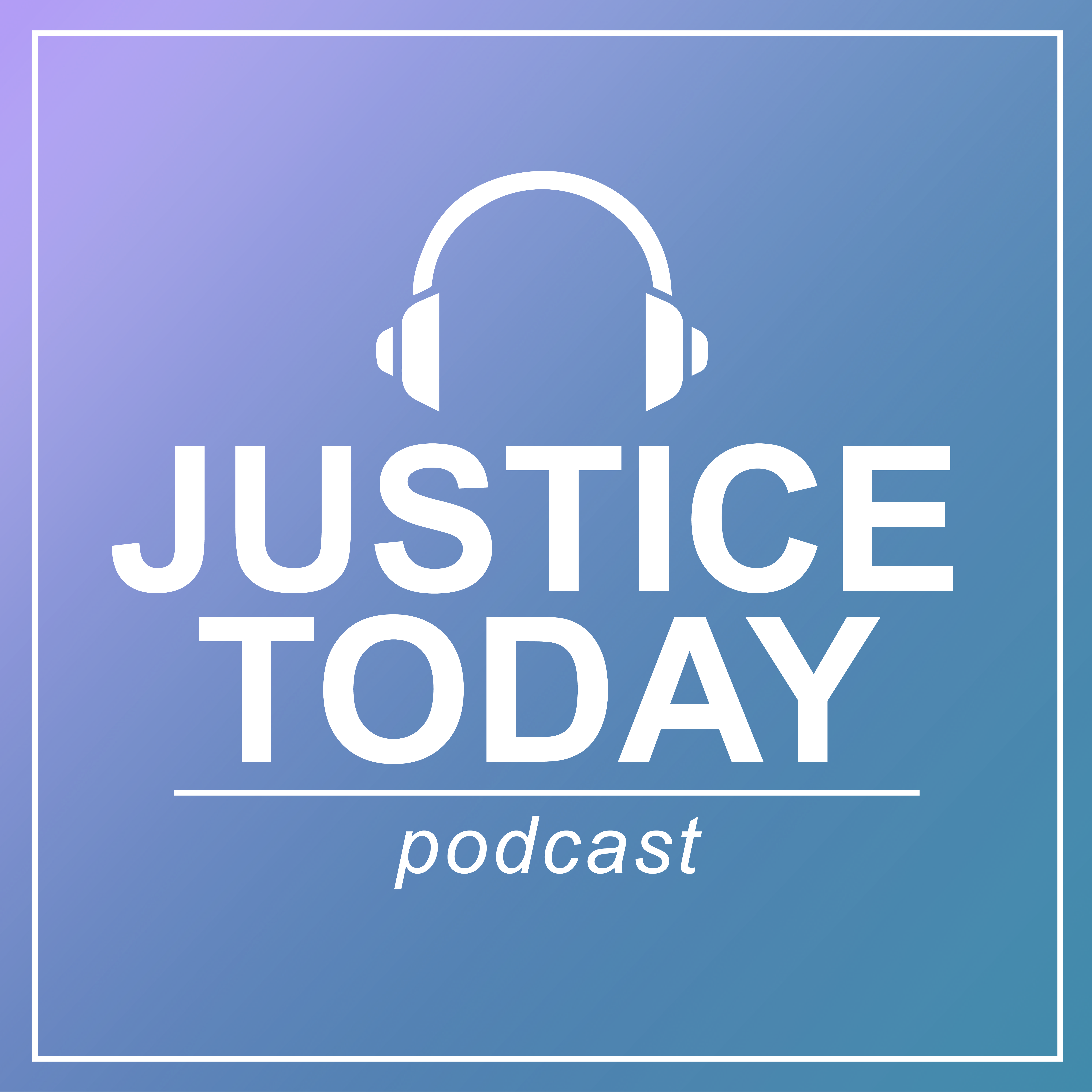Community involvement (juvenile delinquency prevention)
Race and Ethnicity: What Are Their Roles in Gang Membership?
Changing Course: Preventing Gang Membership, Conclusion: An Invitation To Contribute to Gang-Joining
Model of Community Policing: The Singapore Story
Community Policing in Chicago, Year Two: An Interim Report
Eight Successful City Drug Control Programs: Case Studies of Eight Prevention and Policing Programs
ON THE FRONT LINES: A DIRECTORY OF COMMUNITY POLICING PROGRAMS IN AMERICA'S CITIES
The Ecology of Resilience: Examining Impacts of Service Engagement, Facility Safety, and Trauma History on Positive Life Trajectories in Justice-Involved Youth
Intergenerational Legal System Involvement Among Juvenile Justice-Involved Females and Their Offspring: Opportunities for Prevention
A Process, Adaptation, and Outcome Evaluation of San Gabriel Valley Crisis Assistance Response & Engagement (SGV CARE)
Building More Reliable Forensic Sciences, Part 1
Adverse Childhood Experiences and Adolescent Gang Membership: Utilizing Latent Class Analysis to Understand the Relationship
Learning from Doing Evaluating the Effectiveness of the Second Chance Act Grant Program
Reauthorized in 2018, the Second Chance Act (SCA) aims to reduce recidivism and improve outcomes for people returning from state and federal prisons, local jails, and juvenile facilities through the provision of federal grants. During this panel, National Institute of Justice-funded researchers will detail two ongoing evaluations of the SCA grant program:
- An evaluation of the effectiveness of the SCA grant program per Title V of the First Step Act.
- A longitudinal examination of the long-term impacts of the SCA program.
See the YouTube Terms of Service and Google Privacy Policy
Multilevel Evaluation of Project Safe Neighborhoods
Project Safe Neighborhoods (PSN) is a DOJ-sponsored initiative to reduce violent crime, particularly gun crime, by fostering cooperation by criminal justice agencies and local partners to develop and implement strategic approaches.
See the YouTube Terms of Service and Google Privacy Policy
Dual System Youth: At the Intersection of Child Maltreatment and Delinquency
Across the country, child welfare and juvenile justice systems now recognize that youth involved in both systems (i.e., dual system youth) are a vulnerable population who often go unrecognized because of challenges in information-sharing and cross system collaboration. In light of these challenges, national incidence rates of dual system youth are not known.
See the YouTube Terms of Service and Google Privacy Policy



